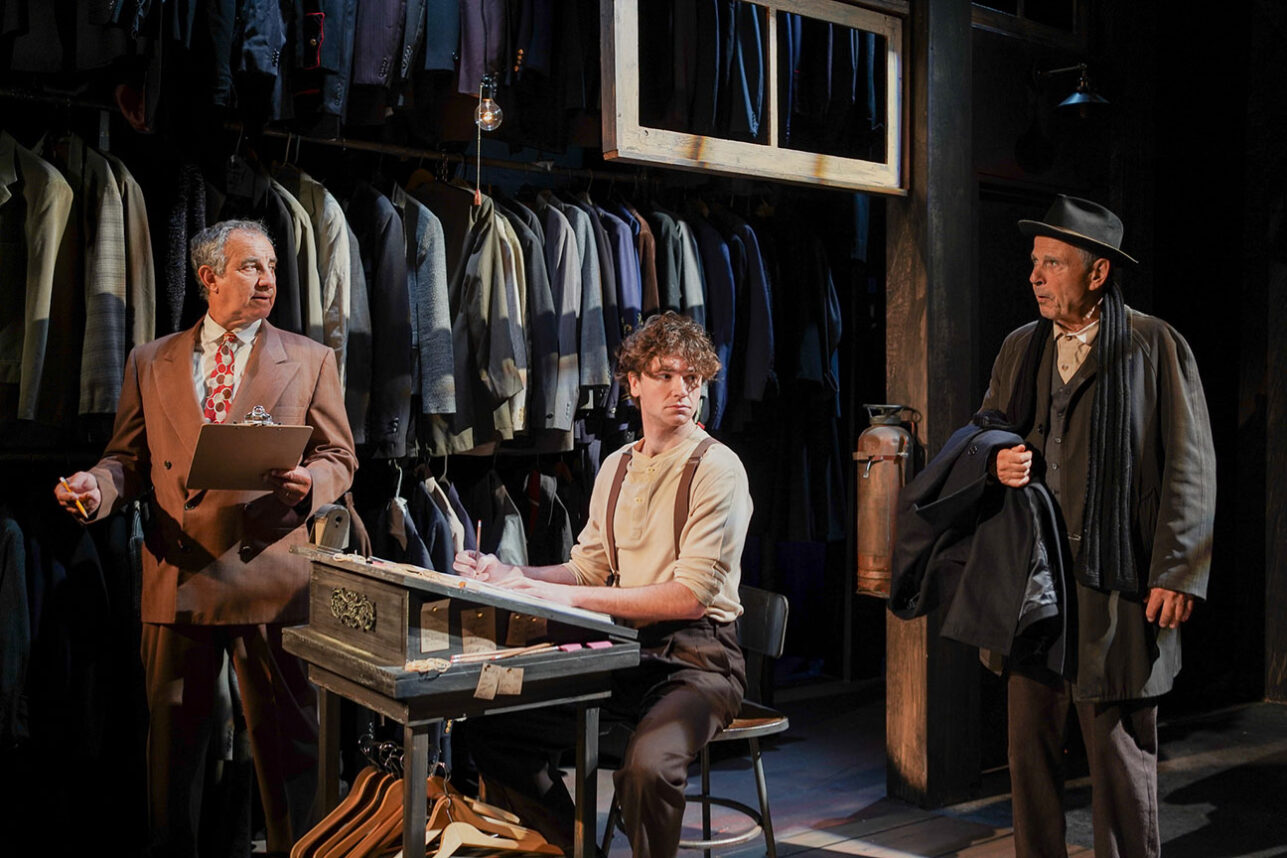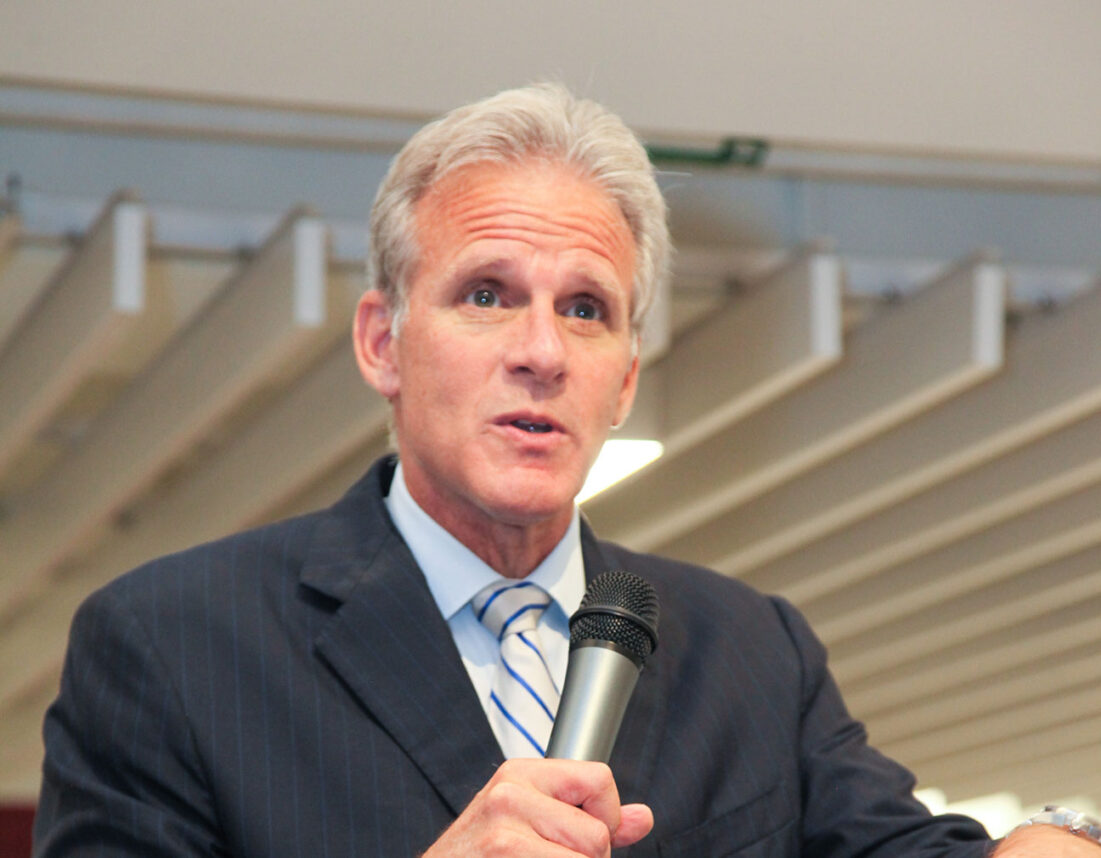From Nov. 13-15, the Anti-Defamation League will hold its annual conference in Los Angeles. In the essay below, author Steve Oney recalls the historic event that galvanized the organization: the Leo Frank case.
The elements could hardly have been more volatile. On Confederate Memorial Day, 1913, a 13-year-old child laborer named Mary Phagan was strangled to death in the Atlanta, Ga. pencil factory where she worked. The last person to admit to having seen her alive was the plant superintendent, Leo Frank, an Ivy League-educated Northerner and, of vital importance, a Jew.
Local newspapers led by William Randolph Hearst’s Atlanta Georgian ran wild with the story, setting the stage for a sensational, month-long trial during which Jim Conley, a black man with an extensive criminal record, accused Frank of murdering the Phagan girl after she repulsed his sexual advances. Astonishingly in the Jim Crow South, an all-white jury believed Conley’s testimony, convicting the factory boss. The presiding judge sentenced Frank to death, instigating one of the 20th century’s most memorable cause célèbres.
In the aftermath of Frank’s conviction, Dr. David Marx, rabbi of The Temple — Atlanta’s old-line Reform synagogue — traveled to New York to alert the leading lights of American Jewry to his belief that the plant superintendent had not been so much prosecuted as persecuted. The degree to which anti-Semitism played a role in Frank’s trial was a matter of debate. So, too, was the issue of how the nation’s Jews should respond. Constitutional lawyer Louis Marshall, president of the American Jewish Committee, believed it would be best to work behind the scenes. Others, though, advocated a more public approach. Soon, a group that included Adolph Ochs, publisher of The New York Times, Chicago advertising baron A.D. Lasker, and Sears Roebuck amp; Company chairman Julius Rosenwald joined the fray. The Anti-Defamation League, which had just been founded in 1913, supported this activist position. During an appeals process that ultimately led to the United States Supreme Court, American Jews spent in today’s dollars untold millions in an attempt to exonerate the factory superintendent.
The efforts of Frank’s wealthy Northern allies produced an unintended negative consequence across the South, particularly in Atlanta. In a region still reeling from defeat in the Civil War, any hint of what was known as “outside interference” risked inspiring violent resentment. In the pages of his influential weekly newspaper, The Jeffersonian, a fierce Georgia demagogue and future United States senator named Tom Watson attacked the plant boss’ supporters. As he saw it, Northern Jews were trying to subvert the judgment of the Georgia courts to free a “lecherous Jew” who had raped and slain a child laborer who toiled in a dehumanizing setting for pennies an hour. Watson, the embodiment of the unreconstructed Southerner, despised industrialization, loathed Wall Street and resorted to anti-Semitism in the battle. “Jew money has debased us, bought us, and sold us — and laughs at us,” he wrote. “In the name of God, what are the people to do?” Such were Watson’s rhetorical gifts that he inflamed many readers with his dark passions.
From 1913 to 1915 — the time it took for Frank’s appeals to wend their way through the courts — America was transfixed by the case. Not only was it regularly on the front page of The New York Times and featured in weekly magazines, but it was the topic of newsreels and a documentary film. There were petition drives, mass meetings and public protests. Through it all, a stoic and largely silent Frank sat in an Atlanta jail, supported by his wife, Lucille, and a close circle of friends.
In June 1915, on the eve of the execution date, Georgia Gov. John Slaton, long plagued by doubts about Frank’s guilt, came to the conclusion that he was innocent and commuted his death sentence to life imprisonment. This action, far from tamping down hostilities in Georgia, brought them to a hideous climax.
On August 16, 1915, a well-orchestrated mob abducted Leo Frank, without a shot being fired, from the Georgia State Prison Farm in Milledgeville, just south of Macon. Driving Model Ts and traveling on dirt roads in the dead of night, the group transported Frank some 125 miles to Mary Phagan’s ancestral home of Marietta, just north of Atlanta. Shortly after dawn on Aug. 17, the vigilantes marched Frank into an oak grove and lynched him. By mid-morning thousands of spectators had gathered. A local judge who was actually part of the conspiracy rescued Frank’s body, which was then transported to Atlanta and taken by train to New York for burial. The lynching remains the worst outburst of anti-Semitism in American history.
Today, nearly 100 years later, the Leo Frank case poses many difficult questions. There is, however, no ambiguity when it comes to why the story matters and why it merits continued attention. The issues that came into play in the affair — class anxiety, yellow journalism and the exploitation of labor — are of enduring significance. The case also marked the beginning of a crucial, ongoing discussion regarding the proper response to American anti-Semitism. In the aftermath of the lynching, Atlanta’s Jews turned inward. Rabbi Marx, long an advocate of assimilation, forbade the use of the traditional canopy in wedding ceremonies and attacked the idea of a Jewish state. Nationally, however, Jews became more outspoken in their own defense. The Anti-Defamation League was decisively shaped by the events of 1915. Unlike previous acts of American anti-Semitism — restricted hotels and resorts or crude stage caricatures — the Frank lynching was a deadly assault upon both a faith and a man. The ADL’s current, no-holds-barred posture can be traced directly back to the shock and pain.
That a group as aggressive and well organized as the Anti-Defamation League was needed became almost instantly apparent. On Thanksgiving eve, 1915, the long dormant Ku Klux Klan held its first, modern-era cross burning atop Stone Mountain just outside of Atlanta. Several men who took part in the Frank lynching were said to have been present.
Steve Oney is a senior editor at Los Angeles magazine. “And the Dead Shall Rise,” his book on the Leo Frank case, won the 2004 National Jewish Book Award for history. It is now available in paperback from Vintage Books.





















 More news and opinions than at a Shabbat dinner, right in your inbox.
More news and opinions than at a Shabbat dinner, right in your inbox.